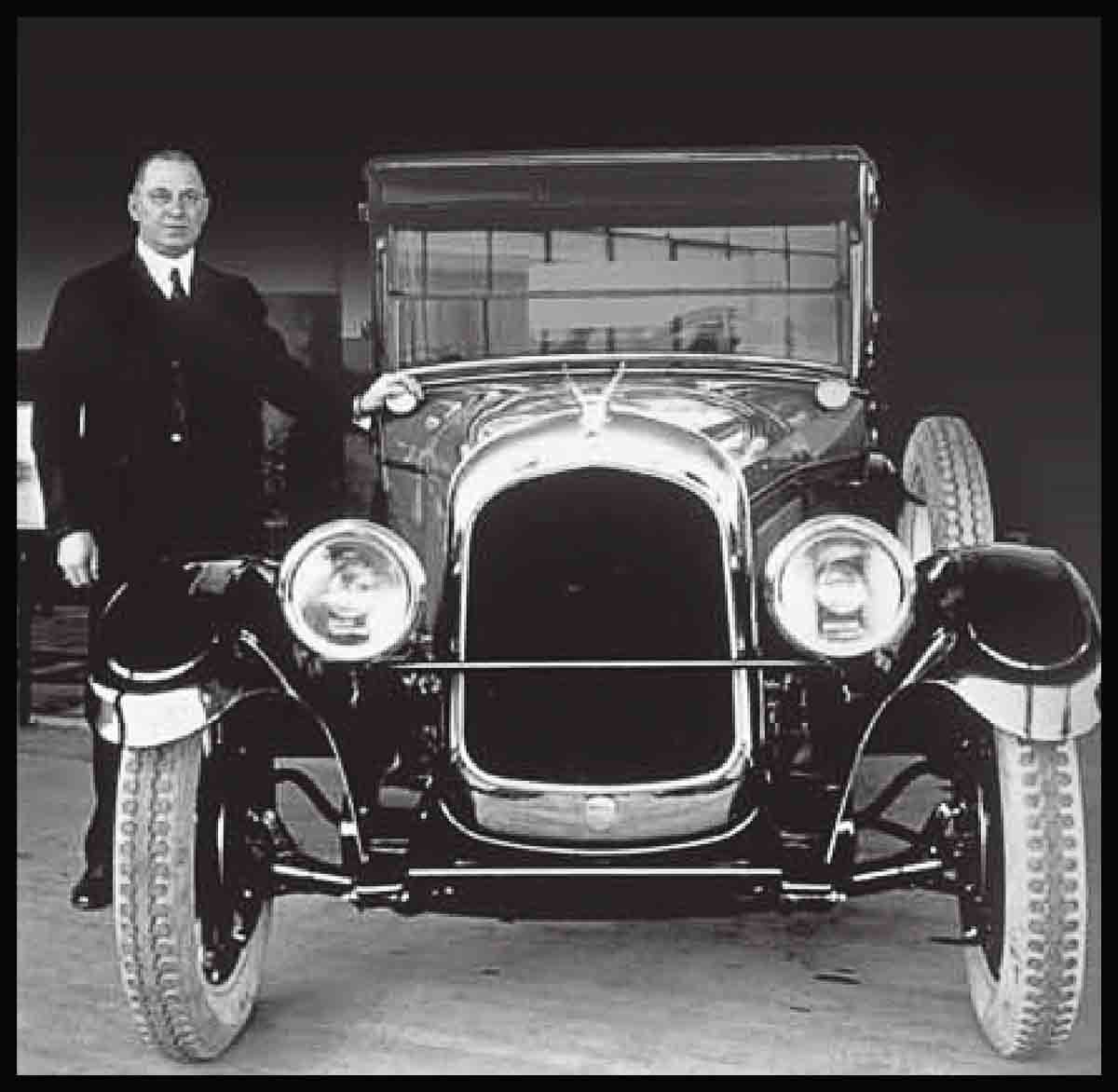
Great Marques—The Chrysler Story
When Walter P. Chrysler decided to compete with the giants of Ford and General Motors (GM), he set a course that would see his firm become one of the world’s largest car manufacturers. Embracing such marques as Dodge, Plymouth, and DeSoto, the Chrysler brand has made some of the United States’ most innovative, iconic cars.
“I like to build things, I like to do things. I am having a lot of fun.”
WALTER P. CHRYSLER, 1928
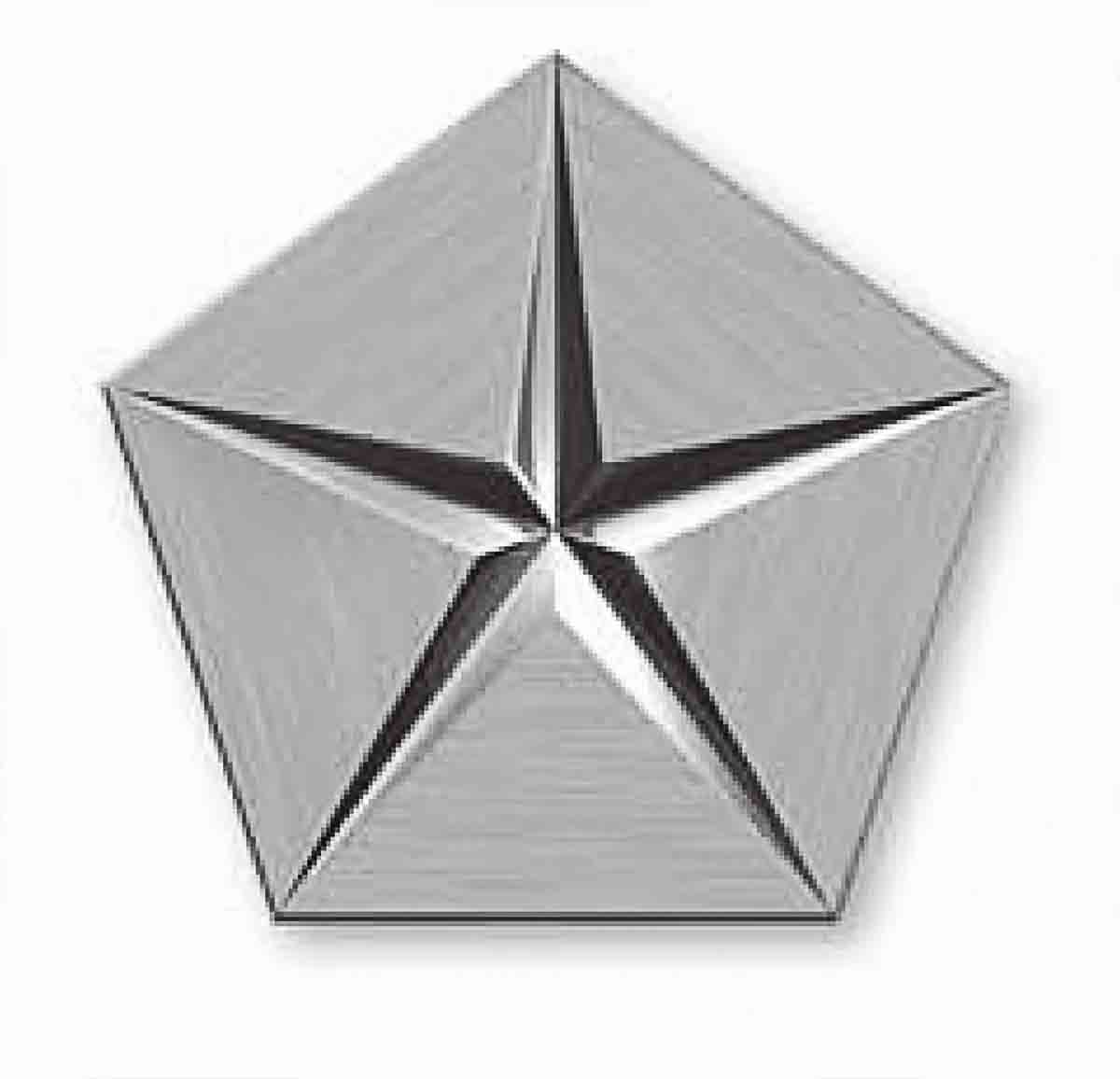
(introduce 1962)
KANSAS-BORN Walter P. Chrysler had worked his way up through the railroad business before his talents were taken up by the motor industry. Hired as a production manager at the General Motors’ marque Buick in 1911, he became president from 1916 until 1919. By then Chrysler had turned Buick into GM’s most profitable division.
After leaving Buick, Chrysler was recruited to transform the fortunes of first Willys-Overland and then the Maxwell Motor Corporation. Eager to develop his own model, Chrysler constructed his first car (the Chrysler Six) and unveiled it at the 1924 New York Auto Show. Encouraged by the positive public reaction, he formed the Chrysler Motor Corporation in 1925. The company acquired the car and truck maker Dodge Brothers in 1928; it was a deal that changed the landscape of the American motor industry, putting Chrysler alongside Ford and GM as one of the “Big Three” U.S. automobile manufacturers. In the same year, two new subsidiary marques were set up under the Chrysler umbrella: Plymouth, to cater to the low-priced end of the market, and DeSoto, to serve the mid-priced sector.
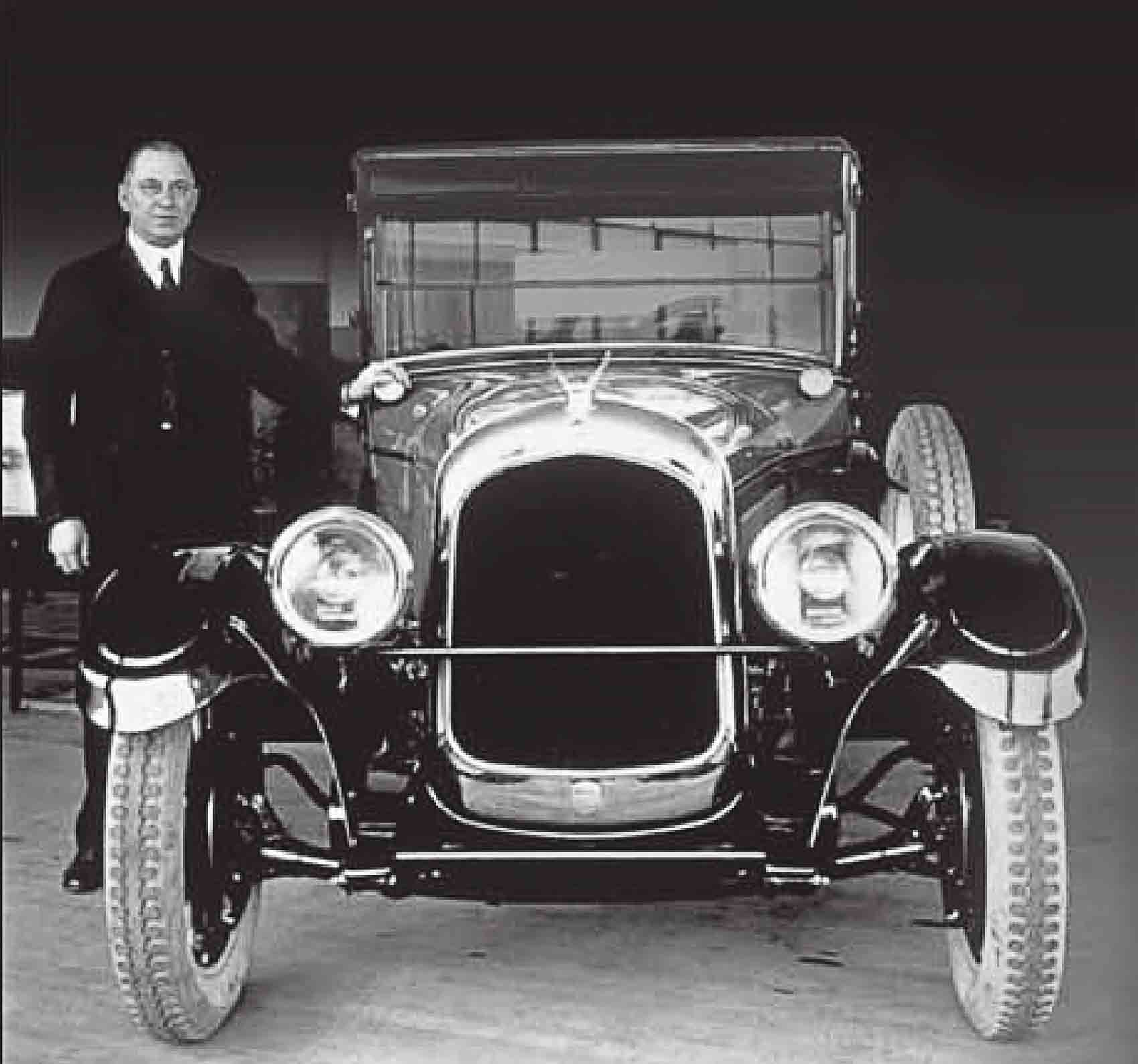
The 1930s saw several innovative Plymouth models, including the 1931 PA. With a steel body, modern styling, and a relatively low price, the PA achieved more than 100,000 sales. In 1931 work finished on the company’s new, high-profile office in New York—the iconic Chrysler Building.
Chrysler’s deft management ensured that the marque was well placed to ride through the global economic depression of the early 1930s. The company even developed a range of avant-garde models; the Airflow styling first seen on 1934 Chryslers introduced the public to a new, streamlined look. However, these sleek, wind tunnel-developed cars had several quality issues, so most U.S. car-buyers opted for the more traditional Plymouths and DeSotos.
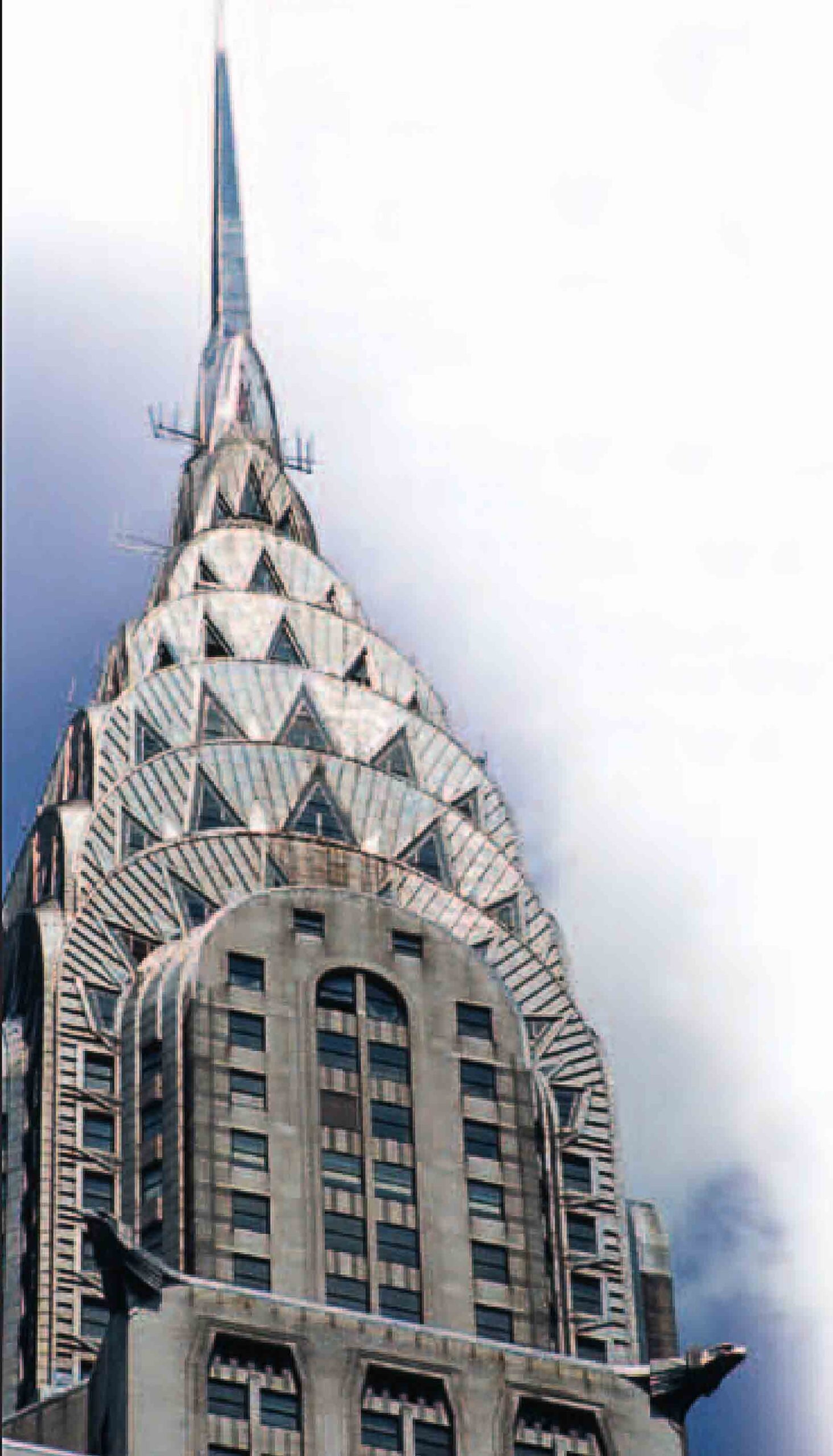
At 1,047-ft (319-m) tall, this was briefly the world’s tallest building. Clad in silvery stone, it is decorated with stylized Chrysler hubs, radiator caps, and hood ornaments.
By the outbreak of World War II Plymouth had recorded over 3 million sales, but the death of Walter P. Chrysler in 1940 cast a shadow over the company. Even before the United States entered the war in December 1941, Chrysler had redirected some of its capacity toward building tanks for the Allies. Car production ceased early in 1942, but resumed after the war with a largely conservative range.
In 1951 Chrysler introduced the world’s first power-steering system, and a new engine, the 330-cu in (5.4-liter) FirePower V8. Called the “Hemi” because of its hemispherical combustion chamber, the V8 replaced the straight-eight configuration used since the 1930s. Initially fitted into top-of-the-range Chryslers such as the Saratoga, the Hemi would, in smaller capacities, later be fitted to some DeSotos and Dodges.
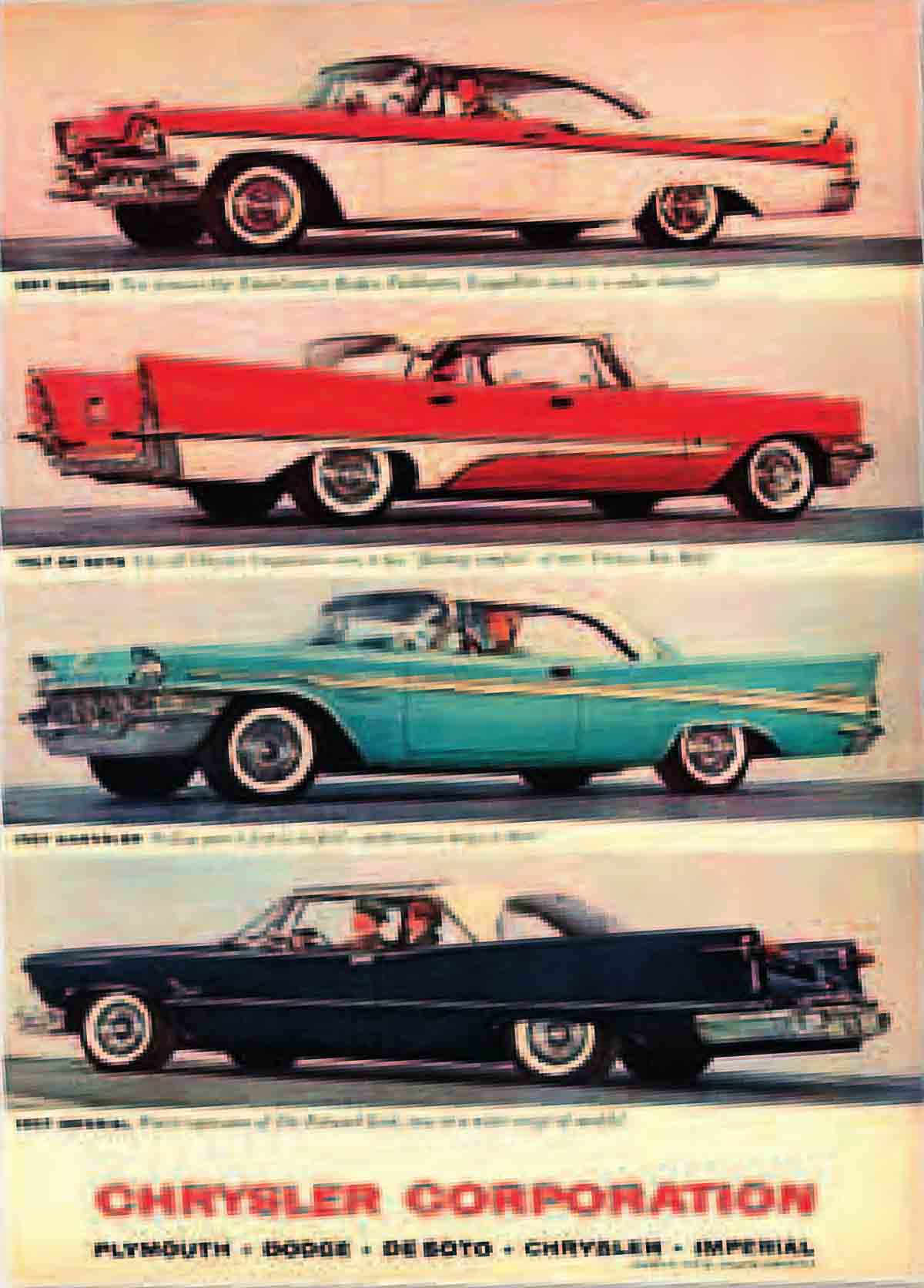
This 1957 magazine ad for Chrysler brands shows the flamboyant, fins-and-chrome style of Virgil Exner’s “Forward Look” program.
Virgil Exner, the former GM and Studebaker designer who joined Chrysler in 1949, was responsible for the “Forward Look” styling that transformed the company’s dowdy post-war image. The finest examples of Exner’s ultra-sleek creations came in 1957, with a stunning new model range that incorporated gorgeous lines, sweeping fins, and chrome detailing. The award-winning 1957 New Yorker was the epitome of this futuristic new direction, while the 1959 Plymouth Fury’s bold proportions established it as another Exner classic.
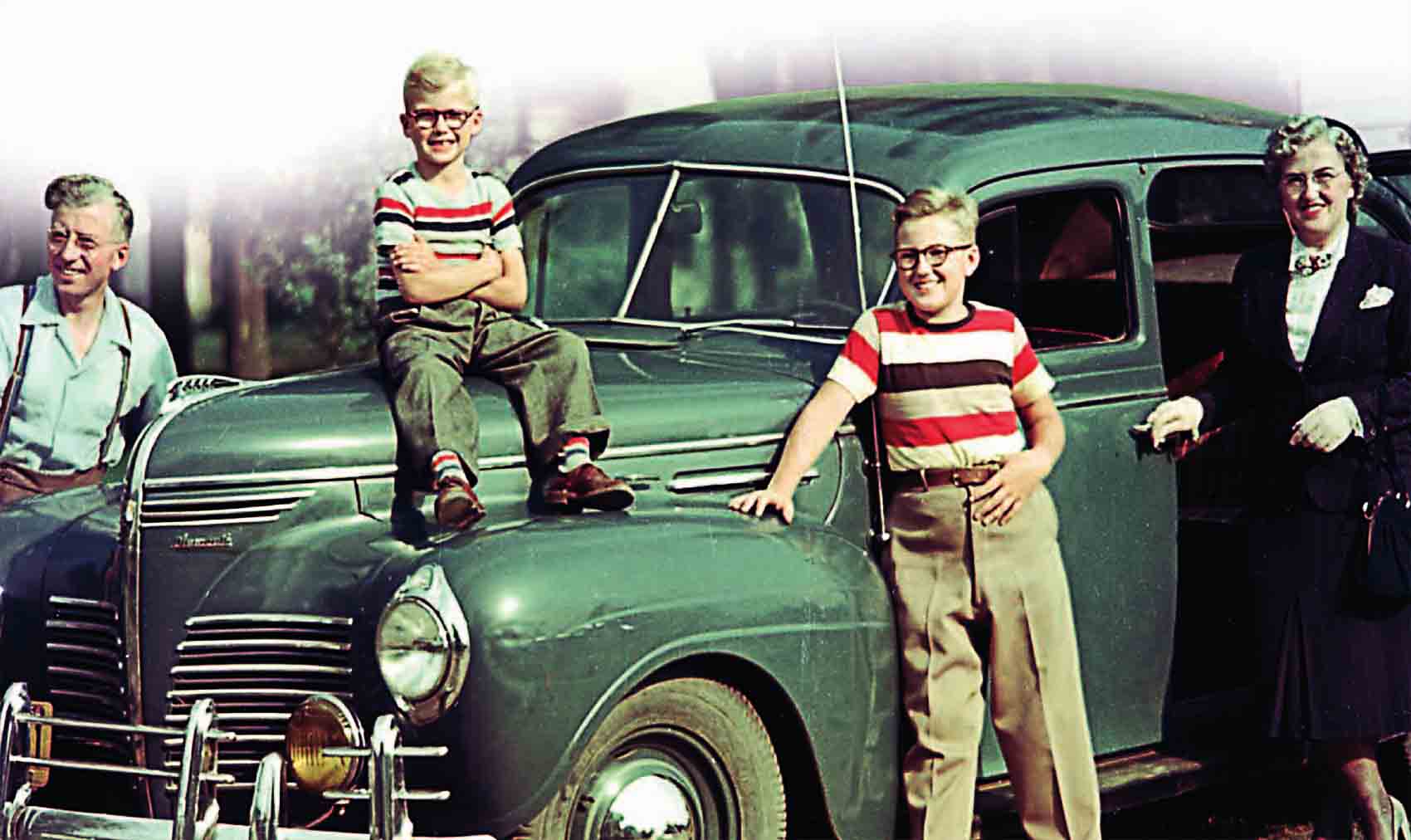
The low-cost Plymouths gave many families their first start in driving. They were also long-lasting cars: This Road King sedan from around 1940 is pictured here in 1953.
Exner left the corporation in 1961, the same year that Chrysler dropped its DeSoto division. But even without Exner, Chrysler continued to innovate. It began the 1960s as the only one of the Big Three to use monocoque construction, and in 1964 the Plymouth Barracuda became the world’s first “pony car”—a new type of car featuring a high-performance engine inside a compact body. However, another “pony,” Ford’s Mustang—from which the name of this type of car was derived—garnered all the critical plaudits and commercial success. Undeterred, Chrysler developed further high-performance models but with larger bodies; one notable example of these “muscle cars” was the Dodge Charger of 1966. Chrysler also expanded overseas, buying stakes in the British Rootes Group and the French Simca and Spanish Barreiros companies.
By the mid-1970s, the global energy crisis rendered Chrysler’s large-engined cars unpopular. Facing a financial crisis in 1978, Chrysler recruited Lee Iacocca, the former Ford president. He immediately asked for a government bailout, cut thousands of jobs, and sold Chrysler’s foreign assets. He also developed some successful models, including a range of compact cars and, in 1983, the world’s first minivan—the Dodge Caravan.
Iacocca’s measures paid dividends, and with Chrysler back on track, the company bought the American Motors Corporation (AMC) in 1987. This gave Chrysler the iconic Jeep brand, which it would extensively develop. The early 1990s recession hit the company hard, but Chrysler managed to pull through. By the middle of the decade, models such as the two-seater Dodge Viper sports car had helped turn it into one of the most profitable U.S. car makers.
In 1998 Daimler-Benz acquired Chrysler, forming the Daimler-Chrysler Corporation. Into the new millennium, models such as the executive 300 and compact Neon were global successes. However, after a 2007 takeover by a venture-capital company, Chrysler was brought to its knees by the economic slump that hit the car industry hard in 2008. Despite almost going out of business once more, a deal was made in 2009 that saw the Italian motoring giant Fiat take a stake in Chrysler, providing European support to this most American of companies.

1925 Walter P. Chrysler sets up the Chrysler Motor Corporation; the first model is the Chrysler Six.
1928 Chrysler buys Dodge Brothers Inc., which this year produces its 2-millionth car; Plymouth and DeSoto marques are set up as Chrysler subsidiaries.
1931 New office, the Chrysler Building, is completed in New York.
1934 Airflow styling introduced on Chrysler and DeSoto models-the first U.S. cars developed in a wind tunnel.
1937 The 2-millionth Plymouth rolls off the production line.
1940 Walter P. Chrysler dies.
1941 Chrysler Town and Country is the first station wagon with streamlined styling.
1951 Chrysler introduces Hydraguide power steering and the Hemi V8 engine.
1955 Virgil Exner launches his “Forward Look” styling on the Chrysler 300.
1956 Chrysler installs transistor radios in its models; Torqueflite three-speed automatic transmission is introduced.
1957 Chrysler’s futuristic model range wins acclaim; the New Yorker in particular exhibits Exner’s stylistic flair.
1964 The Plymouth Barracuda is the world’s first “pony car”; Chrysler buys major stake in the British Rootes Group.
1966 The Dodge Charger high-performance “muscle car” enters production.
1978 New Chrysler head Lee lacocca begins restructuring the company.
1983 The Dodge Caravan is the first minivan (passenger-car interior and van body).
1987 Chrysler buys AMC and its Jeep brand.
1991 The V10 Dodge Viper sports car is unveiled; the Viper will remain in production for 19 years.
1998 Daimler-Benz buys Chrysler and forms Daimler-Chrysler.
2007 Cerberus Capital Management buys Chrysler from Daimler-Benz.
2009 After a disastrous 2008 for the car industry, Chrysler is nearly bankrupt; it enters into an agreement that sees Fiat take a stake in the company.
It is a quote. The Definitive Visual History Of The Automobile 2011




